Your One-Stop Shop for Everyday Essentials & Unique Finds
Your Essential Guide to Outdoor Camping Gear in Every Season
Planning a camping trip means thinking about what you'll need, and honestly, it can feel like a lot. You want to be comfy, safe, and have fun, right? Whether you're heading out in the summer heat or braving a winter chill, having the right outdoor camping gear in every season makes all the difference. This guide breaks down what you should consider, from where you'll sleep to how you'll eat, so you can focus on enjoying the great outdoors.
Key Takeaways
- Choosing the right tent and sleeping bag is key for comfort in any weather.
- Smart packing and layering clothes help you adapt to changing conditions.
- Having a working camp kitchen setup makes mealtime enjoyable.
- Water purification, lighting, and a first aid kit are vital for safety.
- Don't forget gear for specific activities and items to keep pets safe.
Essential Shelter For Every Season
When you're heading out into the great outdoors, having a reliable place to rest your head is super important. It's your little home away from home, keeping you protected from the elements and giving you a cozy spot to recharge. Picking the right shelter can make or break your trip, so let's chat about what you need.
Choosing Your All-Weather Tent
Finding the perfect tent is like finding the right adventure buddy – it needs to be dependable! For camping year-round, you'll want a tent that can handle whatever Mother Nature throws at it. Think about the seasons you'll be camping in most. For spring and fall, a three-season tent is usually a great choice. They're designed to handle rain and wind without being too heavy. If you're planning on braving the winter chill, you'll need a four-season tent. These are built tougher, with stronger poles and fabrics to withstand snow and colder temperatures.
When you're looking at tents, pay attention to the denier rating of the fabric. A higher number means a stronger, more durable material. Also, check the hydrostatic head (HH) rating – this tells you how waterproof the fabric is. Higher HH means better rain protection. Don't forget about size! Make sure it's big enough for you and your gear, but not so big that it's a pain to set up or carry.
Sleeping Bags for Cozy Nights
After a long day of exploring, crawling into a warm sleeping bag feels amazing. The key here is temperature rating. Sleeping bags are rated for the lowest temperature they're designed to keep you comfortable in. Always pick a bag with a rating that's a bit lower than the coldest temperature you expect to encounter. It's better to be a little too warm and be able to vent, than to be shivering all night!
Materials also matter. Down-filled bags are super light and packable, offering great warmth for their weight, but they can lose their insulating power when wet. Synthetic bags, on the other hand, are more affordable and still keep you warm even if they get damp. For versatility, consider a bag with a good draft collar and a hood to keep heat in.
Sleeping Pads for Ultimate Comfort
Think of your sleeping pad as the unsung hero of your sleep system. It does two big things: it adds cushioning for comfort and, more importantly, it insulates you from the cold ground. Even on a warm night, the ground can suck the heat right out of you. Sleeping pads have an R-value, which measures their insulating ability. The higher the R-value, the warmer the pad. For summer camping, an R-value of 1-3 might be fine, but for three-season or winter camping, you'll want something with an R-value of 4 or higher.
There are a few main types:
- Closed-cell foam pads: These are super durable, affordable, and can't be punctured. They aren't the most comfortable, but they're reliable.
- Self-inflating pads: These are a good middle ground, offering a mix of comfort and insulation. You open a valve, and they mostly inflate themselves, then you can top them off with a few breaths.
- Inflatable pads: These offer the most comfort and pack down small, but they can be punctured and are usually more expensive.
Choosing the right combination of tent, sleeping bag, and pad will set you up for some seriously great sleep under the stars, no matter the season!
Packing Smart: Your Backpacking Essentials
Getting ready for a camping trip can feel like a puzzle, right? You want to bring everything you might need, but also not end up hauling a ton of extra weight. It's all about finding that sweet spot between being prepared and being practical. The key is to pack smart, not just pack a lot. Think about what you'll actually use and what will make your trip more enjoyable without becoming a burden.
The Perfect Pack for Your Adventures
Choosing the right backpack is like picking the right partner for your journey – it needs to be reliable and comfortable. For shorter trips, a pack in the 40-60 liter range is usually plenty. If you're heading out for longer expeditions, you might need something closer to 60-80 liters. Don't forget to consider the fit! A pack that sits well on your hips and shoulders makes a world of difference, especially when you're covering miles.
Here's a quick look at pack sizes:
| Trip Length | Recommended Pack Size (Liters) |
|---|---|
| Weekend (1-3 nights) | 40-55 |
| Long Weekend (3-5 nights) | 50-70 |
| Extended Trip (5+ nights) | 65-85 |
Organizing Your Gear with Ease
Once you've got your pack, the next challenge is fitting everything in. A good strategy is to use stuff sacks or compression sacks. These not only keep your gear tidy but also help you squeeze out extra air, saving precious space. Think about grouping similar items together – all your cooking stuff in one bag, your sleeping clothes in another. This makes finding things in the dark or when you're tired so much easier.
- Bottom: Sleeping bag and extra clothes (things you won't need until camp).
- Middle: Heavier items like your tent, food, and cooking gear. This helps with balance.
- Top: Items you might need during the day, like rain gear, snacks, or a first-aid kit.
- Pockets: Small, frequently used items like sunscreen, bug spray, a map, or your headlamp.
A little bit of planning goes a long way. Laying everything out before you pack can help you visualize what you have and where it will go. It’s also a great chance to spot anything you might have forgotten or anything you could leave behind.
Clothing Layers for Changing Climates
When it comes to clothing, the layering system is your best friend. Instead of bringing one bulky item, pack several lighter pieces that you can add or remove as the temperature shifts. Start with a moisture-wicking base layer to keep sweat away from your skin. Add an insulating mid-layer, like a fleece or puffy jacket, for warmth. Finally, top it off with a waterproof and windproof outer shell to protect you from the elements. Don't forget extra socks – dry feet are happy feet!
Camp Kitchen Comforts
Making delicious food while camping is totally doable and can even be a highlight of your trip! It’s all about having the right gear to make cooking and eating enjoyable, even when you’re miles from your own kitchen. Let’s talk about how to set up a camp kitchen that’s both practical and fun.
Stovetops and Cookware for Outdoor Feasts
When you're out in the wild, a reliable stove is your best friend. For backpacking, small, lightweight canister stoves are super popular. They pack down small and are easy to use. Think of something like the Soto Amicus stove; it’s light, has good flame control, and even a built-in igniter, which is a lifesaver when your fingers are cold. For car camping, you might want something a bit more robust, like a two-burner propane stove. These give you more cooking space and power, letting you whip up more elaborate meals.
As for cookware, a simple pot and pan set works wonders. For solo trips or backpacking, a titanium pot around 550ml is great for boiling water for meals or even just making a hot drink. If you're cooking more involved meals, a slightly larger aluminum pot is a good choice because aluminum heats up more evenly, reducing the chance of burning your food. Don't forget a long-handled spoon – it makes digging into those dehydrated meal bags so much easier!
Here’s a quick look at some handy cookware:
| Item | Best For | Notes |
|---|---|---|
| G4Free Camping Cookware (4-Piece) | Budget-friendly, compact travel | Pots and lids nest, handles fold, lightweight. |
| TOAKS LIGHT Titanium 550 ml pot | Boiling water, solo meals, mug | Ultralight, durable, good for simple cooking or drinks. |
| Larger Aluminum Pot | Car camping, complex meals | Better heat conduction than titanium, less burning risk. |
Keeping Food Fresh on the Go
Keeping your food safe and tasty is key. For shorter trips or car camping, a good cooler is your go-to. Pack it with ice packs or block ice, and try to keep it in the shade. Pre-chilling your cooler before you pack it also helps a lot. For backpacking, where weight is a big deal, you'll rely more on non-perishable items and dehydrated or freeze-dried meals. These meals are surprisingly good these days! Brands like Backpacker's Pantry or GOOD TO-GO offer a variety of flavors that just need hot water. It’s a game-changer for reducing weight and simplifying meal prep.
Storing food properly also means keeping it away from critters. Always use bear-resistant containers or hang your food properly if you're in bear country. Even in less wild areas, squirrels and raccoons can be quite determined!
Sipping Your Morning Brew in Style
No camping trip is complete without that first cup of coffee or tea in the morning air. For instant coffee lovers, there are convenient packets like Alpine Start. They’re easy to use – just add hot water, stir, and you’re good to go. If you prefer a more traditional brew, a simple pour-over setup or a small French press can work, though they add a bit more to pack. And for your brew? A sturdy, insulated mug is a must. It keeps your drink warm and is way more pleasant to sip from than a flimsy plastic cup. There are even fun, themed mugs out there, like fishing-themed ones, that can add a personal touch to your morning ritual.
Here are a few ideas for your morning beverage:
- Instant Coffee Packets: Super light and easy. Just add water.
- Lightweight Mug: Keeps your drink hot and is comfortable to hold.
- Insulated Food Cozy: Can double as a mug holder to keep your hands from getting too hot (or cold!).
- Camp Table: While not directly for drinking, having a stable surface to place your mug and stove makes the whole experience much more pleasant.
Staying Safe and Sound Outdoors

Being prepared is half the fun when you're heading out into the wild! Let's talk about a few things that will keep you feeling good and safe, no matter where your adventures take you.
Water Purification for Hydration
Staying hydrated is super important, especially when you're active outdoors. While you'll definitely want to pack plenty of water, having a backup plan for clean drinking water is smart. Think about it – you're out exploring, maybe near a cool stream or lake. Instead of carrying gallons of water, you can use a water filter or purification tablets to make natural water sources safe to drink. It's a game-changer for longer trips and helps reduce plastic waste too!
Here are a few common ways to get clean water:
- Water Filters: These physically remove bacteria and protozoa. They're great for everyday use and can be used multiple times.
- Purification Tablets: These use chemicals like iodine or chlorine dioxide to kill viruses, bacteria, and protozoa. They're lightweight and easy to pack, perfect for emergencies.
- Boiling: The old-school method! Boiling water for at least one minute kills most harmful organisms. It takes time and fuel, but it's reliable.
Always check the water source and the capabilities of your purification method. When in doubt, err on the side of caution!
Essential Lighting for Dark Nights
As the sun dips below the horizon, a reliable light source becomes your best friend. A good headlamp is a must-have. It keeps your hands free for setting up camp, cooking, or just finding your way around. Don't forget extra batteries! A small lantern can also add a cozy glow to your campsite in the evenings, making it feel more like home.
Your Go-To First Aid Kit
Accidents can happen, even on the most well-planned trips. Having a basic first aid kit is like having a little bit of peace of mind in your backpack. You don't need to be a medical pro to pack one. Think about the basics: bandages in various sizes, antiseptic wipes, pain relievers, and any personal medications you or your travel buddies might need. It's also a good idea to include things like blister treatment and insect sting relief. Being ready for minor scrapes and bumps means you can get back to enjoying your trip faster. You can find pre-made kits or build your own, tailoring it to your specific needs and the type of adventures you're planning. Remember to check out outdoor gear for other helpful items.
Gear for Every Season's Activities
Getting out there and doing stuff is what camping is all about, right? Whether you're hoping to catch your dinner, explore new trails, or just relax by the fire, having the right gear makes the whole experience way more enjoyable. It's not just about surviving the outdoors; it's about thriving in it!
Fishing Gear for Anglers
If casting a line is your idea of a perfect day, then some specific gear will make your fishing trips even better. Think about what kind of fishing you'll be doing. Are you by a lake, a river, or maybe the ocean? For a relaxed day by the water, a comfortable camp chair and a good fishing rod are key. Don't forget a tackle box to keep all your lures and hooks organized – nobody wants to be fumbling around for a specific lure when the fish are biting!
- Rod and Reel: Choose one that suits the type of fish you're after.
- Tackle Box: Keep your lures, hooks, and weights sorted.
- Bait/Lures: Have a variety ready for different conditions.
- Fishing License: Always check local regulations!
- Comfortable Seating: A portable chair or stool makes a big difference.
And hey, what's a morning by the water without a warm drink? A sturdy ceramic mug, maybe with a fun fishing theme, is perfect for that coffee or tea while you wait for a bite. It’s a small thing, but it adds to the whole vibe.
Hiking and Exploration Tools
For those who love to wander, good hiking gear is a must. Your footwear is probably the most important thing – comfortable, sturdy shoes or boots that can handle different terrains will save your feet. Beyond shoes, think about navigation. While phones are great, a physical map and compass are reliable backups, especially when you're out of service range. A good daypack is also handy for carrying water, snacks, and any layers you might need.
Here are some ideas for your exploration kit:
- Trail Shoes or Boots: Broken-in and comfortable for miles.
- Navigation Tools: Map, compass, and maybe a GPS device.
- Daypack: To carry your essentials.
- Water Bottle or Hydration Reservoir: Staying hydrated is key.
- Snacks: Energy bars, trail mix, or fruit.
- Sun Protection: Hat, sunglasses, and sunscreen.
Comfortable Camp Furniture
Who says camping has to be roughing it? Bringing a few comfort items can totally change your camping game. A good camp chair is a classic for a reason – it’s nice to have a proper place to sit besides a log. If you're car camping, you might even consider a small folding table for your cooking area or just to hold your drinks and books. It makes setting up camp feel a lot more like home.
Think about these for added comfort:
- Camp Chairs: Lightweight and easy to set up.
- Camp Table: A stable surface for meals and activities.
- Hammock: For ultimate relaxation between trees.
- Lantern or String Lights: To create a cozy evening atmosphere.
Making your campsite a little more comfortable doesn't mean you're 'glamping' too hard. It just means you're smart about enjoying your time outdoors. A little bit of comfort goes a long way in making memories that stick.
Keeping Your Companions Safe
Bringing your furry friends along on camping trips can be a blast! It's always a good idea to think about their safety and comfort while you're out enjoying nature. Making sure your pet is secure and happy is just as important as packing your own gear.
Pet Collars for Tracking Adventures
When you're out exploring, especially in unfamiliar territory, keeping tabs on your pet is key. A reliable collar is a must-have. Consider a collar that can hold an ID tag with your contact information. For an extra layer of security, especially if your pet is prone to wandering, a collar designed to hold a GPS tracker can give you fantastic peace of mind. This way, you'll always know where your adventurous companion is, even if they decide to chase a squirrel a little too far.
Ensuring Pet Safety Outdoors
Beyond just a collar, there are a few other things to keep in mind for your pet's well-being.
- Water and Shade: Always make sure your pet has access to plenty of fresh water, especially on warm days. Find shady spots for them to rest and cool down.
- Leash Laws: Be aware of and follow any leash laws in the area you're camping. Even the best-behaved dog can get spooked by wildlife or unfamiliar sights and sounds.
- Wildlife Awareness: Keep a close eye on your pet around local wildlife. Never let them approach or interact with wild animals, as this can be dangerous for both your pet and the wildlife.
- Food Storage: Just like your own food, keep your pet's food stored securely. Some animals might be attracted to the smell, and you don't want any unexpected visitors at your campsite.
Remember that camping is a shared experience. Being mindful of your pet's behavior and needs helps ensure a positive experience for everyone, including your four-legged family member. Proper preparation is key for a successful pet-friendly camping trip.
Having your pet with you can make camping even more special. With a little planning, you can both have a safe and wonderful time exploring the great outdoors together.
Happy Camping!
So there you have it! Getting out there and enjoying the great outdoors is totally doable, no matter what the weather throws at you. We've covered a bunch of gear, from staying cozy in the winter to keeping cool when it's hot, and everything in between. Remember, you don't need the fanciest stuff to have a good time. Just pick what works for you and your adventures. Now go on, get outside and make some awesome memories. Happy trails!
Frequently Asked Questions
What's the most important piece of camping gear?
The most important piece of gear is your shelter, usually a tent. It needs to keep you safe from the weather and bugs, so pick one that's sturdy and right for the number of people going. A good tent makes a big difference in how much you enjoy camping.
How do I choose a sleeping bag?
When picking a sleeping bag, think about the weather where you'll be camping. If it's going to be cold, you need a warmer bag. For milder weather, a lighter bag is fine. It's also good to choose one that's not too bulky so it's easy to carry.
Why do I need a sleeping pad?
A sleeping pad does more than just make your sleeping bag comfy. It also stops your body heat from escaping into the cold ground. This means you'll stay warmer all night. Plus, it adds a soft layer between you and any rocks or roots under your tent.
How should I pack my backpack?
To pack your backpack smart, put heavier things like your tent and cooking gear closer to your back and in the middle. Lighter items, like your sleeping bag, can go at the bottom. Keep things you might need quickly, like rain gear or snacks, in easy-to-reach pockets.
What are the best clothes for camping?
Layering your clothes is the best way to stay comfy. Start with a base layer that wicks away sweat, add an insulating layer like fleece, and finish with a waterproof outer shell. This way, you can add or remove layers as the temperature changes.
How can I make sure I have clean drinking water?
You can't always count on finding clean water when camping. Bringing a portable water filter or purification tablets is a smart move. This way, you can turn water from lakes or streams into safe drinking water, keeping you hydrated and healthy.

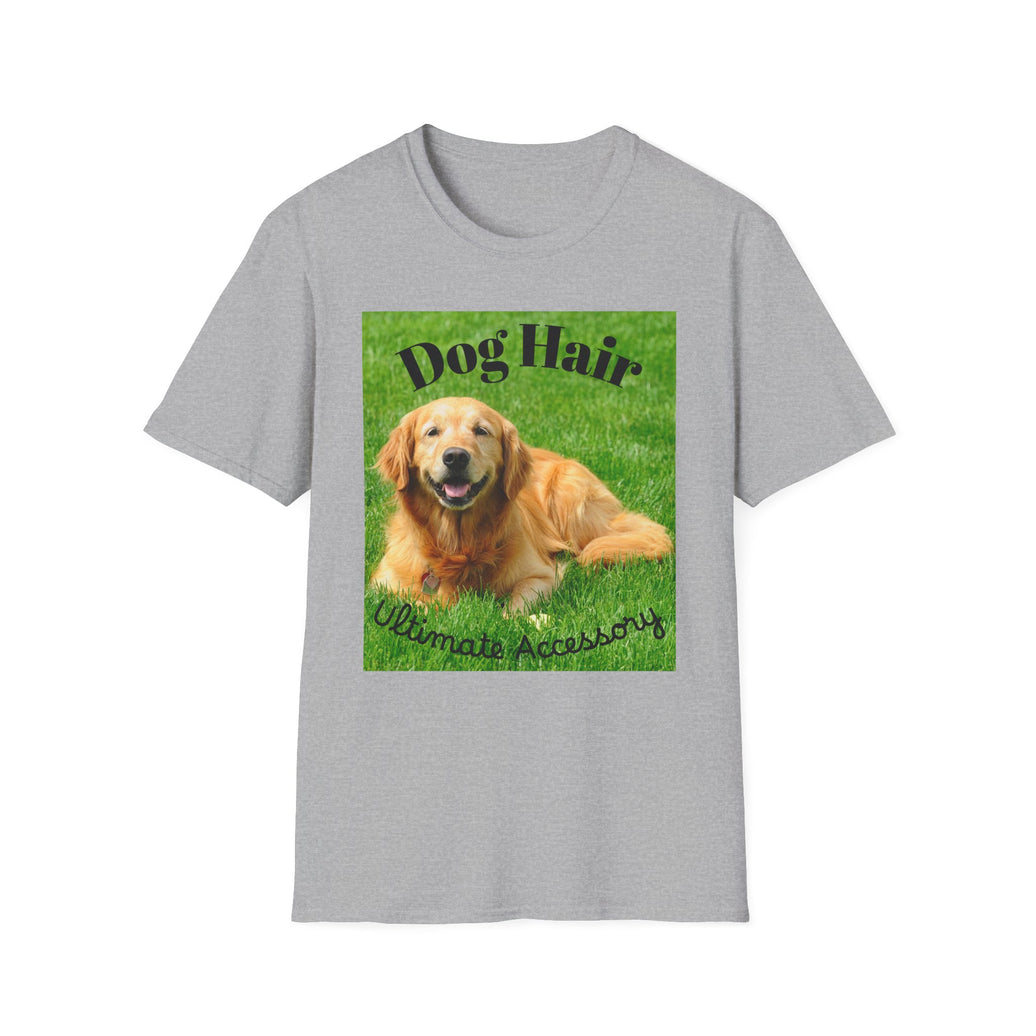
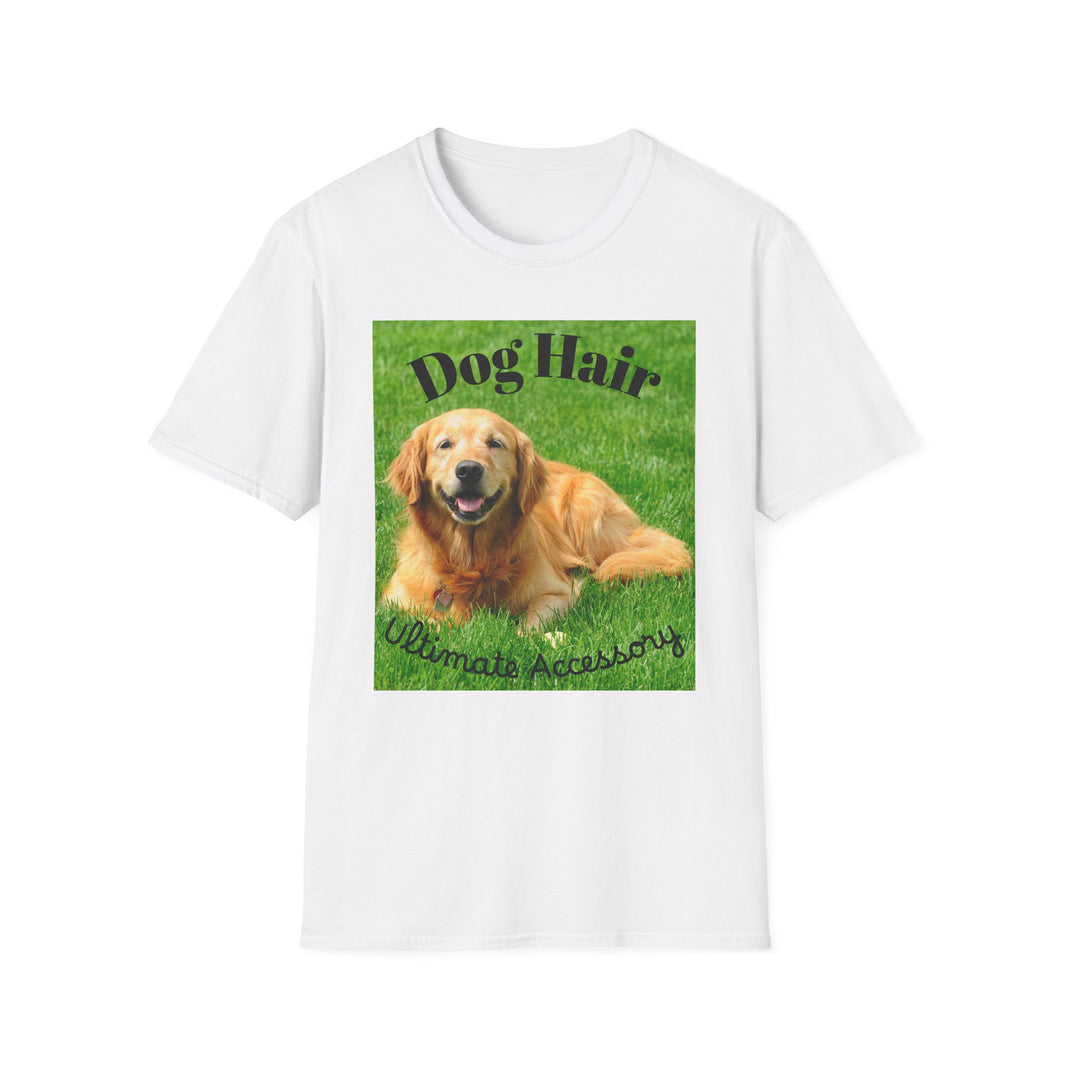
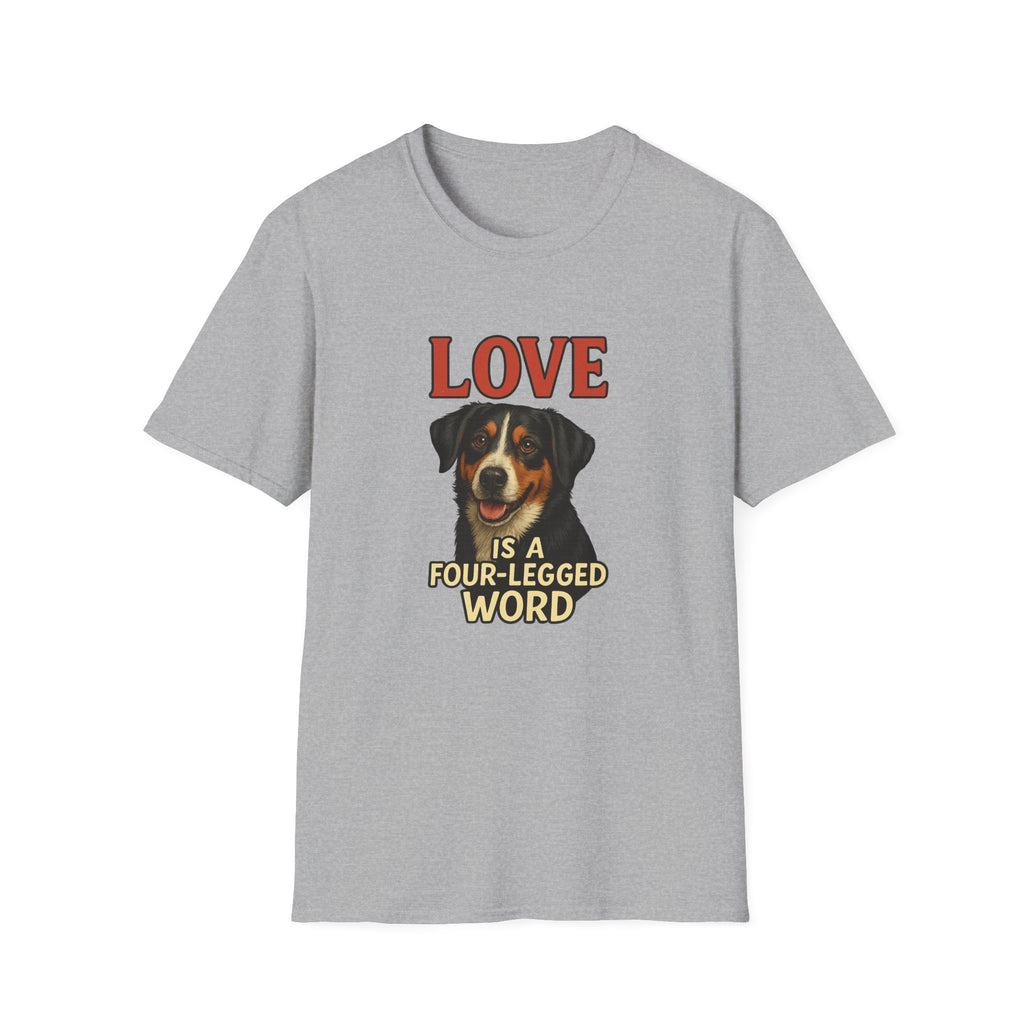
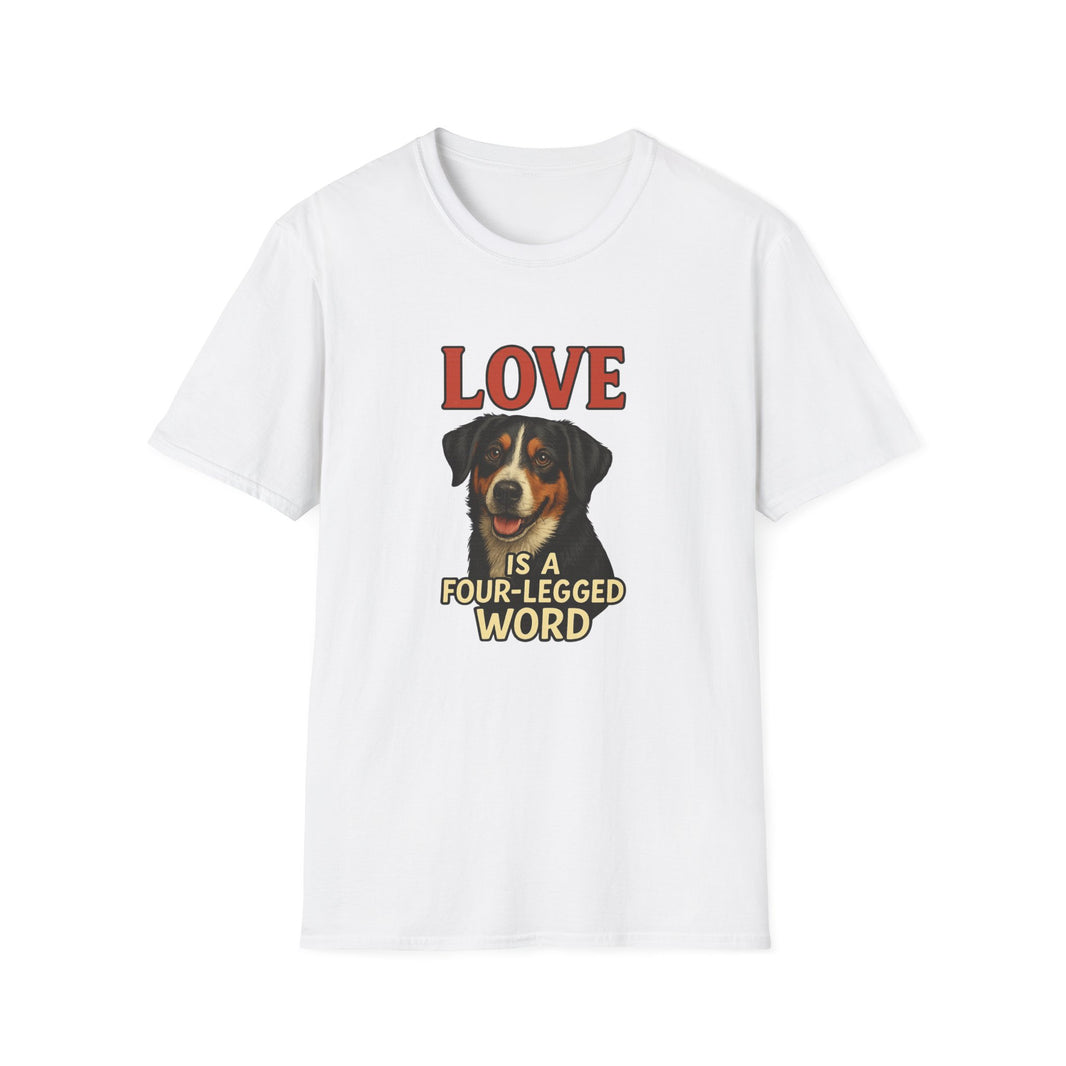
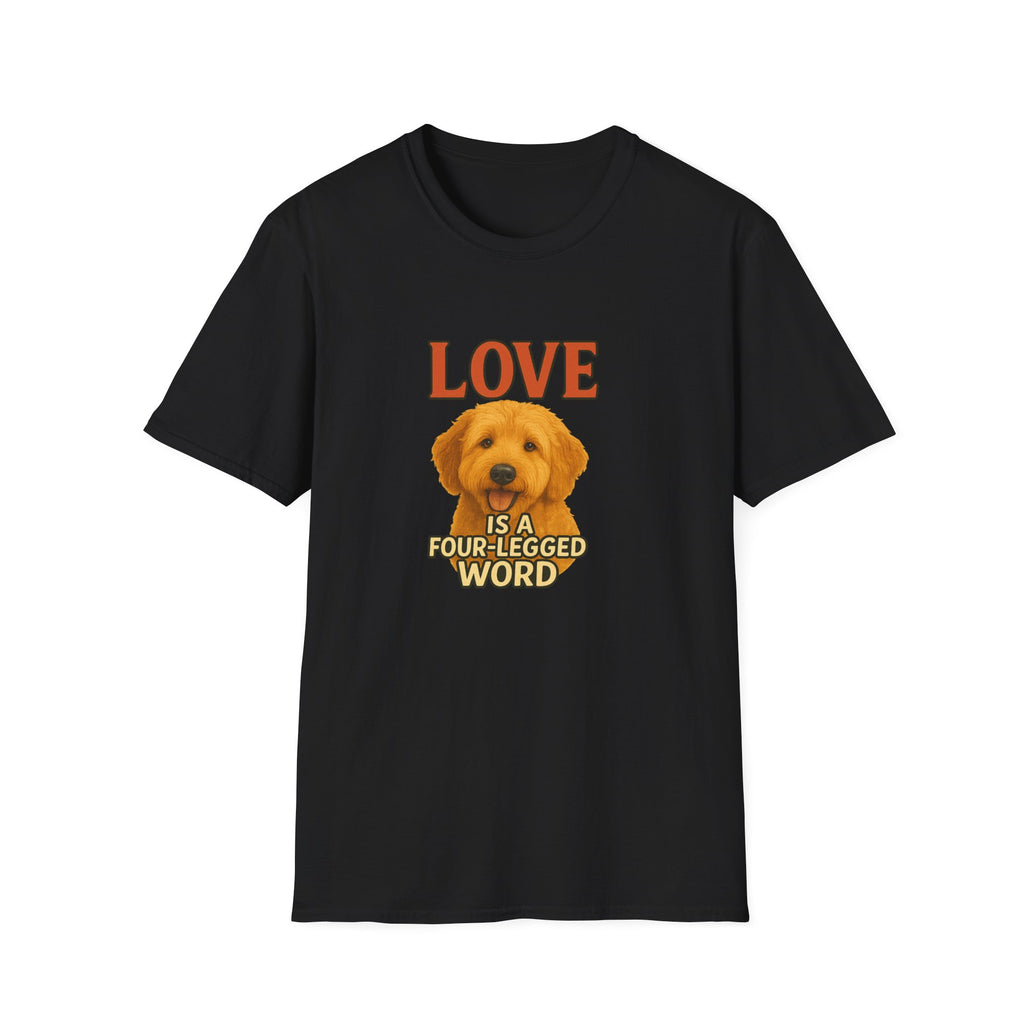
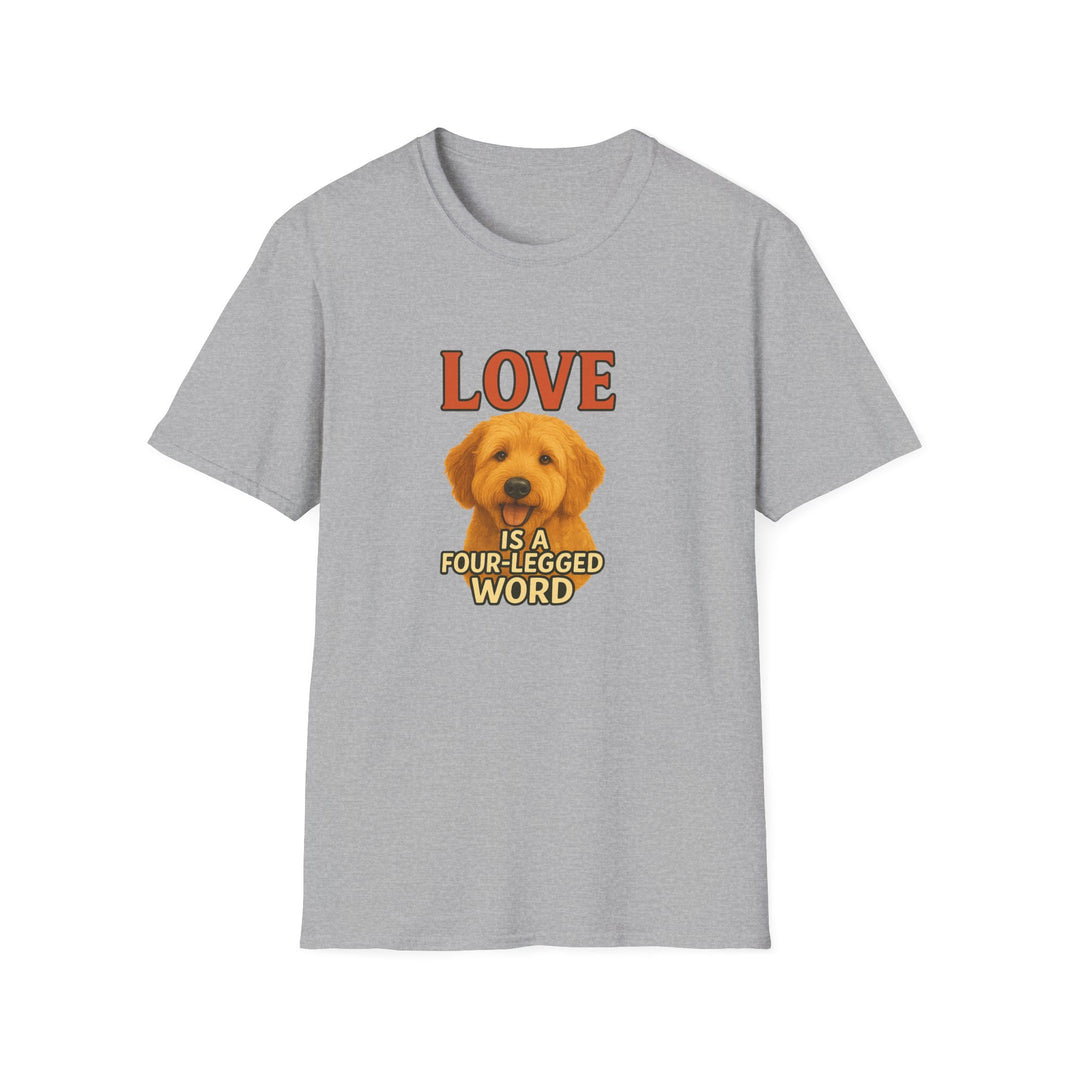

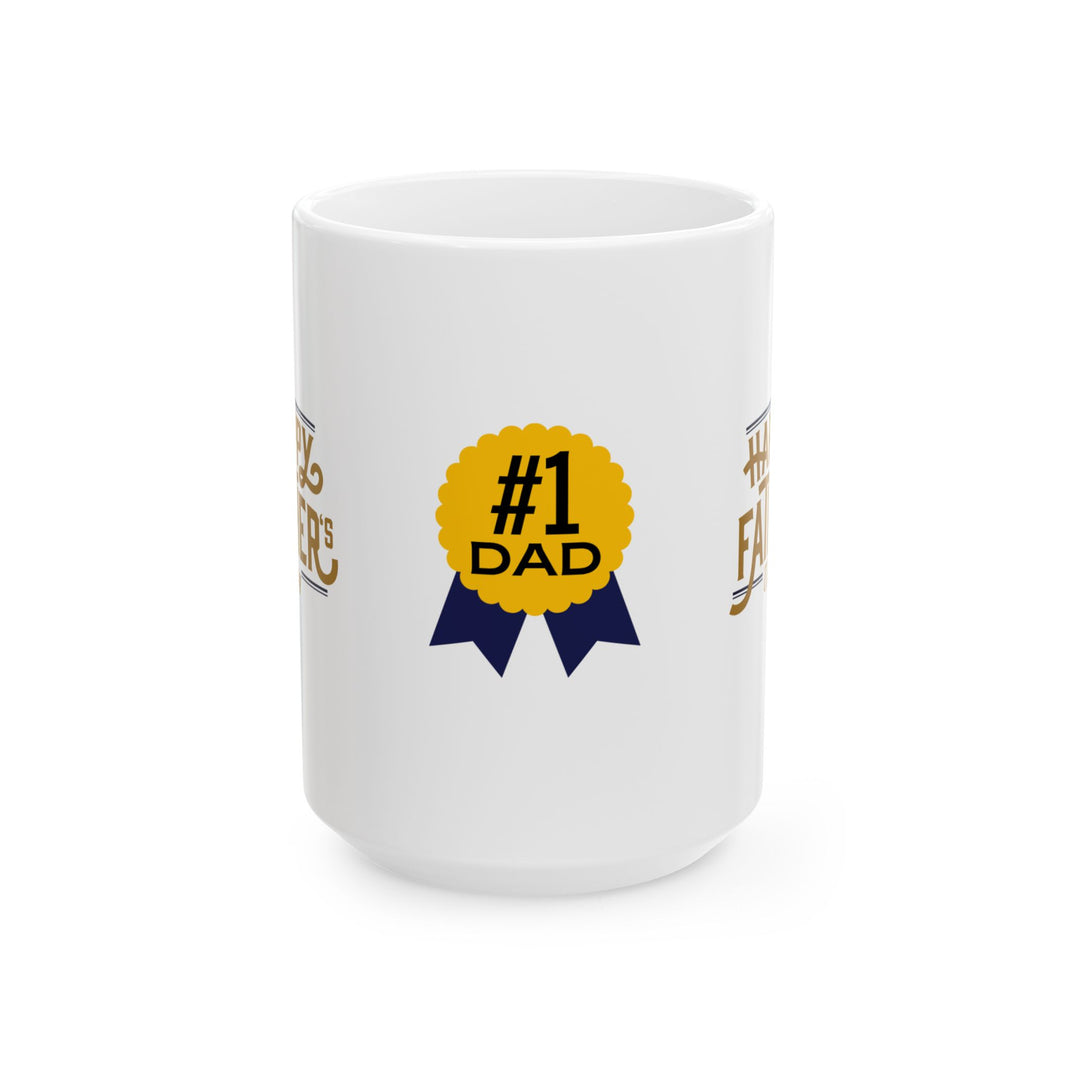
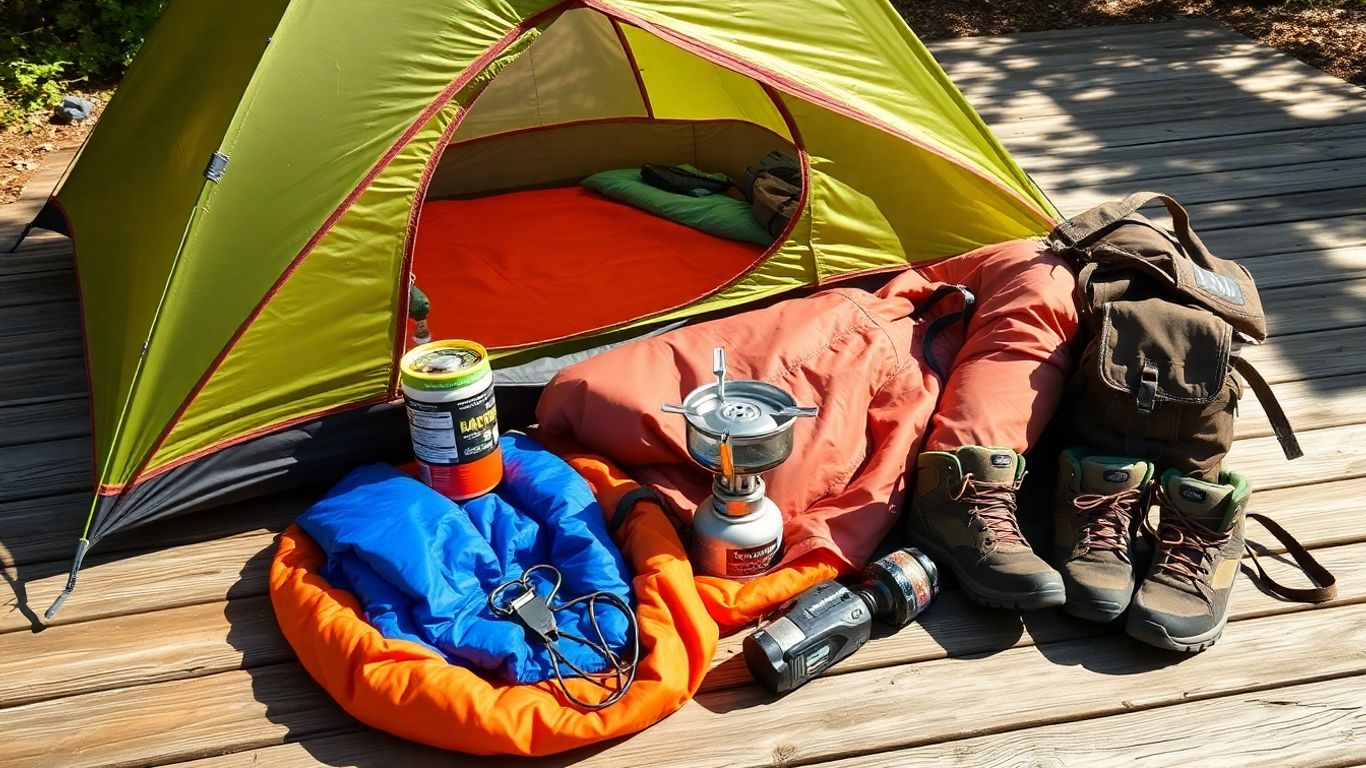
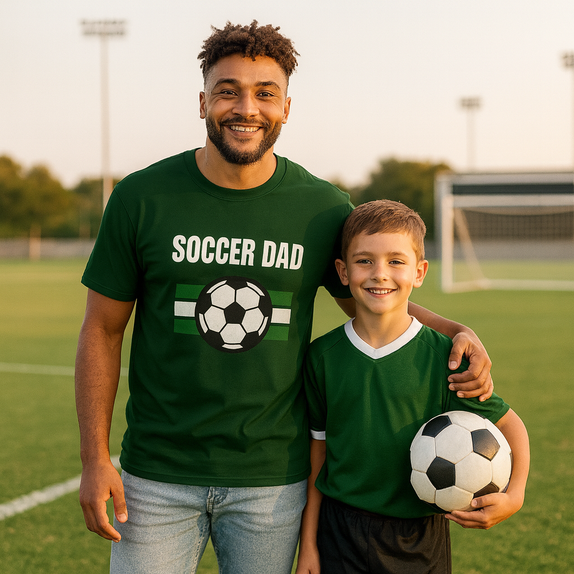

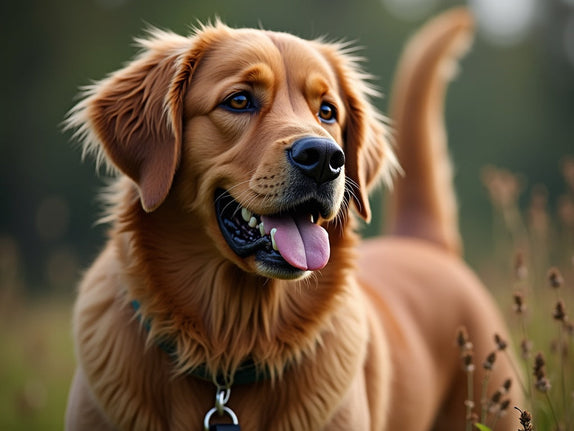
Leave a comment